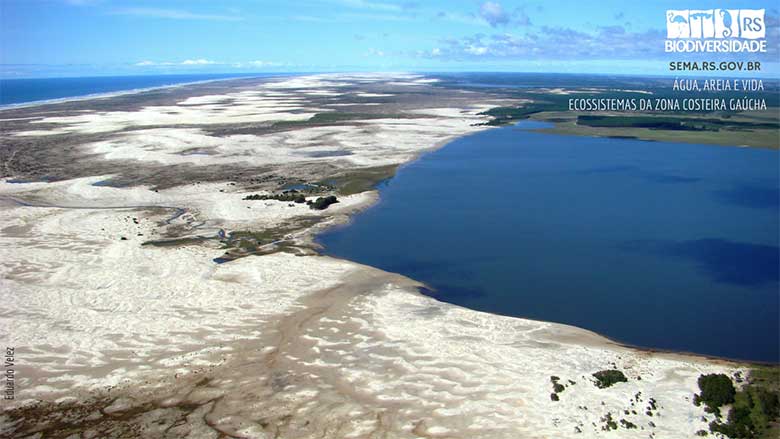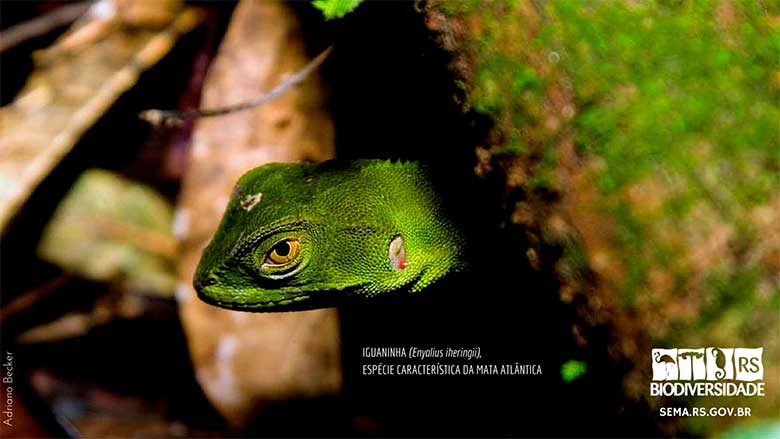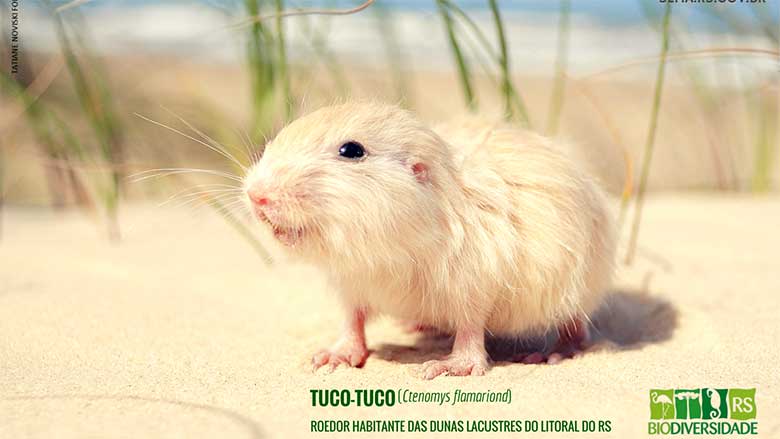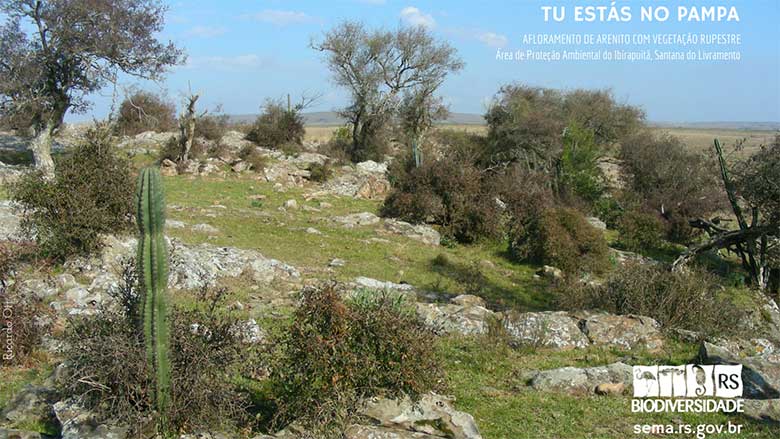Challenge
The grasslands of the Pampa biome in Brazil’s Rio Grande do Sul State support high levels of biodiversity, and the area is considered one of the most globally significant for endemic birds. It occupies 176,496 square kilometers, 63 percent of the state’s total area (and 2.07 percent of Brazil’s total area). These natural grasslands provide forage for approximately 18 million animals, mainly cattle and sheep, and livestock production is a primary economic activity in the biome. In recent decades, the area has gone through a process of intense land use change and degradation as natural vegetation has been replaced by rice paddies, soybean fields, and forests of alien species. The Pampa consequently became the second most devastated biome in Brazil. In 2009, only 35.6 percent of its natural vegetation remained, leading to losses of both biodiversity and socioeconomic opportunities. Consequently, the Rio Grande do Sul government recognized the complex issue of the interaction between agriculture and biodiversity conservation to be a central development and conservation challenge.
Approach
The goal established for the Rio Grande do Sul Biodiversity Project was to contribute to the protection of natural habitats and biological diversity through the following activities:
• Strengthening state policies and the operational capacity of the institutions charged with environmental management and rural development.
• Strengthening the system of state protected areas.
• Promoting sustainable practices by rural producers in the cattle ranching and forestry sectors that, when integrated into agricultural activities, lead to reversion of marginal agricultural areas to forest.
• Increasing knowledge about biodiversity conservation and sustainable rural production systems in the Pampa biome to provide a sound scientific basis for developing a strong regulatory framework for the control of invasive alien species and the restoration and conservation of relevant sites and indigenous species.
Though this was a pilot project, the strategy intended to support a small number of landholdings and demonstration units as a basis for strong outreach and dissemination activities to educate potential beneficiaries on sustainable practices.




